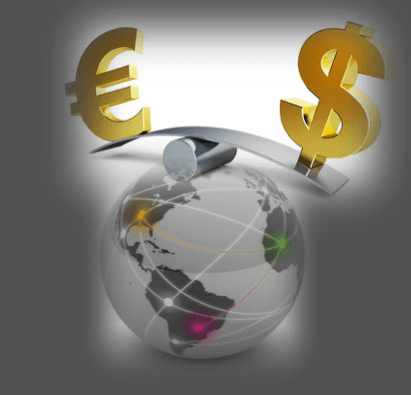The EUR/USD surged 150 pips on Wednesday, climbing to its highest level in two months after the US government said the economy barely expanded in the first quarter, dampening expectations for a June rate increase.
The EUR/USD climbed to 1.1160 in the New York session. It would subsequently consolidate at 1.1125, advancing 150 pips. The pair, which has been rising steadily since April 23, is trading at its highest level since late-February.
The technical indicators show a bullish outlook for the EUR/USD, despite entering overbought territory. The EUR/USD faces resistance at 1.1161. On the downside, initial support is located at 1.0897.
In Eurozone data, Germany’s annual inflation rate rose more than forecast in April, a sign deflationary pressures were slowly fading. Germany’s harmonized index of consumer prices, a gauge of German CPI relative to the European Union, increased 0.3% in the 12 months through April, following a 0.1% increase the previous month.
The annual non-HICP inflation rate was 0.4% in April, official data showed.
The European Commission will report on euro-wide inflation on Thursday. The annual CPI rate in the Eurozone is forecast to be zero in April after declining 0.1% in March.
Weak US GDP figures were the main catalyst behind the euro’s newfound strength. The US economy expanded just 0.2% annually in the first quarter, as declining exports and weaker personal consumption expenditures weighed on output. The increase was well below the consensus forecast calling for a gain of 1%.
As a result, the US dollar declined across the board on Wednesday. The dollar index, which tracks the performance of the greenback against six currencies, plunged 1.1% to 95.00.
The dollar faced heavy losses against the British pound, which soared above 1.5400 USD on Wednesday. The GBP/USD reached a session high of 1.5467 before pulling back to 1.5439, a gain of more than 100 pips. The pair’s next resistance test is located at 1.5457.
The dollar plunged against the Swiss franc, as the USD/CHF fell 1.6% to 0.9400.
A dovish Federal Reserve will keep the dollar on its heels for the foreseeable future. Weak US data will keep the central bank’s foot off the pedal and ensure that interest rates remain low for longer than previously forecast. According to analysts, a rate increase before September is unlikely given the economy’s recent slowdown.
Tradersdna is a leading digital and social media platform for traders and investors. Tradersdna offers premiere resources for trading and investing education, digital resources for personal finance, market analysis and free trading guides. More about TradersDNA Features: What Does It Take to Become an Aggressive Trader? | Everything You Need to Know About White Label Trading Software | Advantages of Automated Forex Trading









